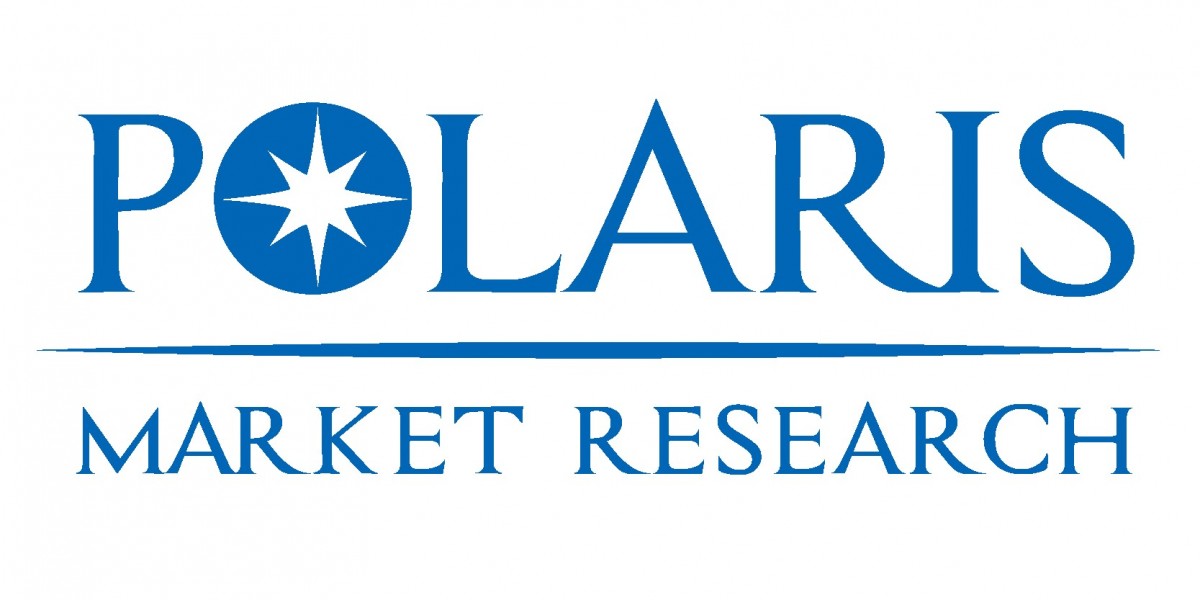Global Health Watch: Silent Heart Attacks - An Unseen Cardiovascular Threat
The Stealthy Cardiac Event: A silent heart attack, medically termed silent myocardial infarction (SMI), occurs when the heart muscle suffers damage due to a disruption in blood flow, often without the individual experiencing typical heart attack symptoms like crushing chest pain. This lack of dramatic presentation means many individuals are unaware they've had a potentially serious cardiac event.
Global Prevalence Highlights Underestimation: Worldwide studies indicate that silent heart attacks are more common than many realize. Some research suggests that a significant portion – potentially as high as 45% to 50% – of all heart attacks may be silent. This underscores the importance of understanding this often-underdiagnosed condition on a global scale.
Recognizing the Subtle Signals: While intense chest pain is absent, silent heart attacks can manifest through less obvious symptoms. These may include unexplained or persistent fatigue, shortness of breath that seems unrelated to exertion, indigestion or a burning sensation mimicking heartburn, discomfort or mild pain in the jaw, neck, arms, back, or upper abdomen, unusual sweating or clamminess, and episodes of lightheadedness or nausea. These vague presentations often lead individuals to attribute them to less serious causes, delaying crucial medical attention.
Shared Risk Factors Across Populations: The risk factors contributing to silent heart attacks are largely consistent with those associated with symptomatic heart attacks globally. These include hypertension (high blood pressure), hyperlipidemia (high cholesterol), diabetes mellitus, obesity, tobacco use, a family history of cardiovascular disease, advancing age, and a sedentary lifestyle. Notably, individuals with diabetes may have a higher likelihood of experiencing silent ischemia due to diabetic neuropathy, which can impair nerve function and reduce pain perception.
Delayed Diagnosis: A Global Challenge: The absence of prominent symptoms often leads to a significant delay in diagnosing silent heart attacks. Detection frequently occurs incidentally during routine electrocardiograms (ECGs) performed for other reasons, or when individuals undergo cardiac testing due to the development of heart failure or other cardiovascular complications weeks, months, or even years after the event. Blood tests revealing past elevations in cardiac enzymes can also provide evidence of a prior silent infarction.
Serious Long-Term Global Implications: Despite the lack of acute, severe symptoms, a silent heart attack causes irreversible damage to the heart muscle. This damage increases the long-term risk of subsequent symptomatic heart attacks, heart failure (a condition where the heart can't pump blood effectively), and cardiac arrhythmias (irregular heart rhythms) worldwide. Therefore, even a retrospective diagnosis of a silent heart attack necessitates aggressive risk factor management and preventive strategies.
Worldwide Research into Underlying Mechanisms: Researchers across the globe are actively working to understand why some individuals experience classic heart attack symptoms while others have silent events. Factors being investigated include variations in pain perception, the extent and location of the arterial blockage, individual physiological responses to ischemia (reduced blood flow), and potential genetic predispositions.
Global Emphasis on Awareness and Early Detection: Healthcare organizations worldwide are increasingly emphasizing the importance of recognizing the potential for silent heart attacks, particularly in individuals with known cardiovascular risk factors. Public health campaigns aim to educate individuals about the subtle symptoms and the importance of seeking medical attention for persistent or unusual discomfort. Routine medical check-ups, including ECGs for at-risk individuals, and open communication with healthcare providers are crucial for earlier detection and management, ultimately striving to reduce the global burden of cardiovascular morbidity and mortality associated with silent heart attacks.








